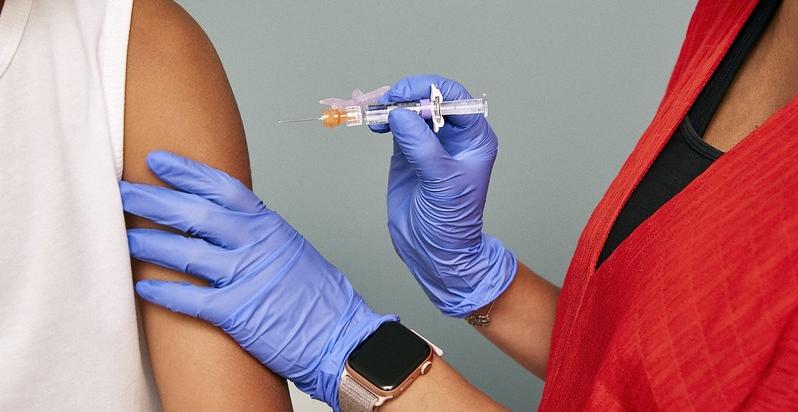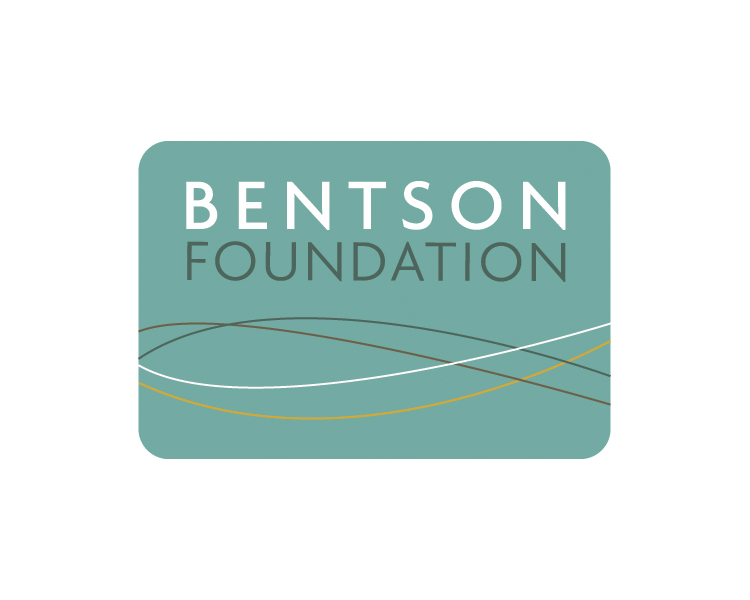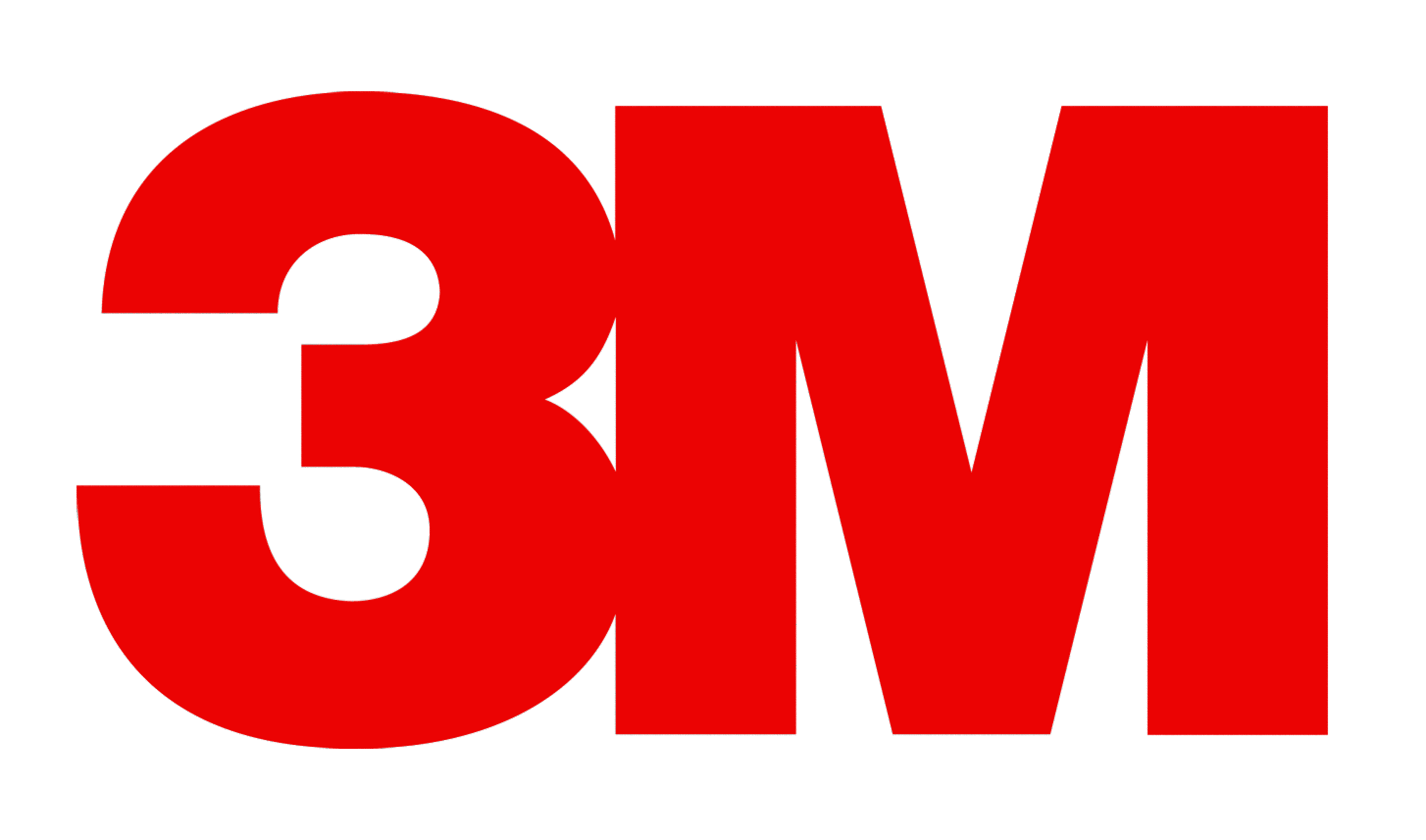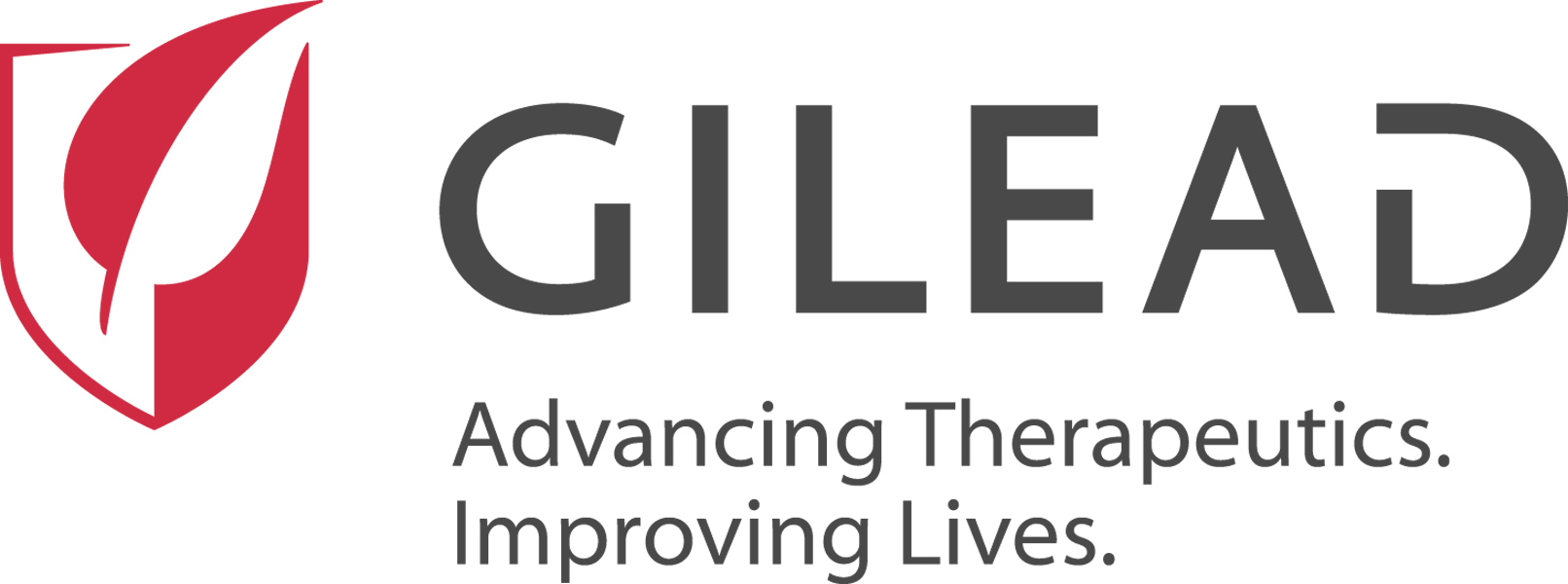COVID activity has peaked and is now on a downward trend in many regions of the country, though emergency department (ED) visits and hospitalizations are still elevated, the Centers for Disease Control and Prevention (CDC) said today in its latest update.
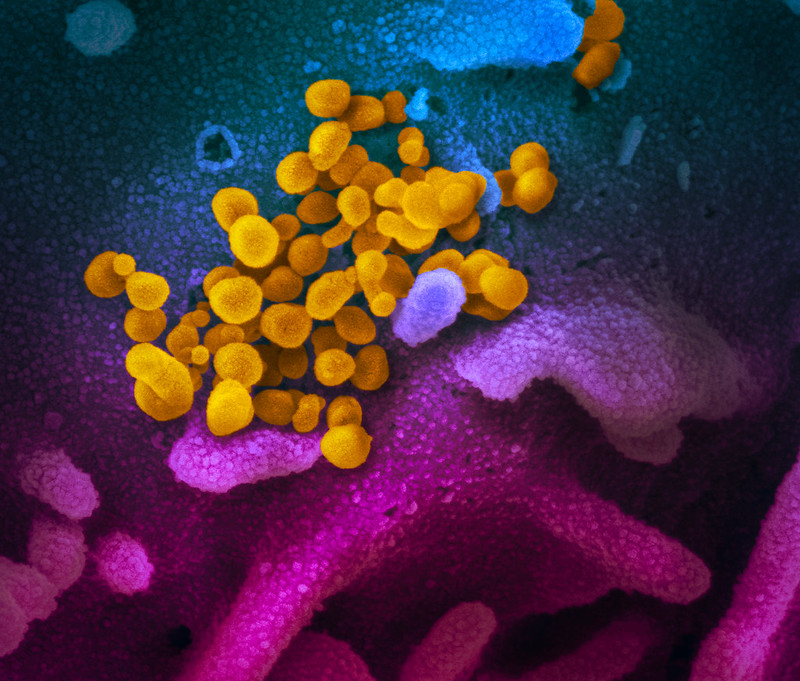
The current COVID wave began in June, marked by a slow rise that never approached levels seen last summer.
Wastewater SARS-CoV-2 detections are now at the moderate level and are highest in Northeast, followed by the West and the South.
Nationally, test positivity has declined to 7.8%. ED visits are highest for children ages 4 and younger and are elevated for seniors. Hospitalization rates—elevated for seniors—continue to decline, and less than 1% of deaths in the most recent reporting week were due to COVID.
The CDC’s latest variant projections suggest that proportions of XFG continue to rise, making up 85% of detections.
Flu and RSV activity remain very low
In its other respiratory virus tracking, the CDC said flu and respiratory syncytial virus (RSV) activity remain very low but are showing upward trends. Wastewater detections also remain very low.
In its latest FluView update, the CDC received one more report of a pediatric flu death, which occurred during the week ending December 14, 2024, bringing the season’s total to 281, the highest number in a nonpandemic year since the condition became reportable in 2004.
